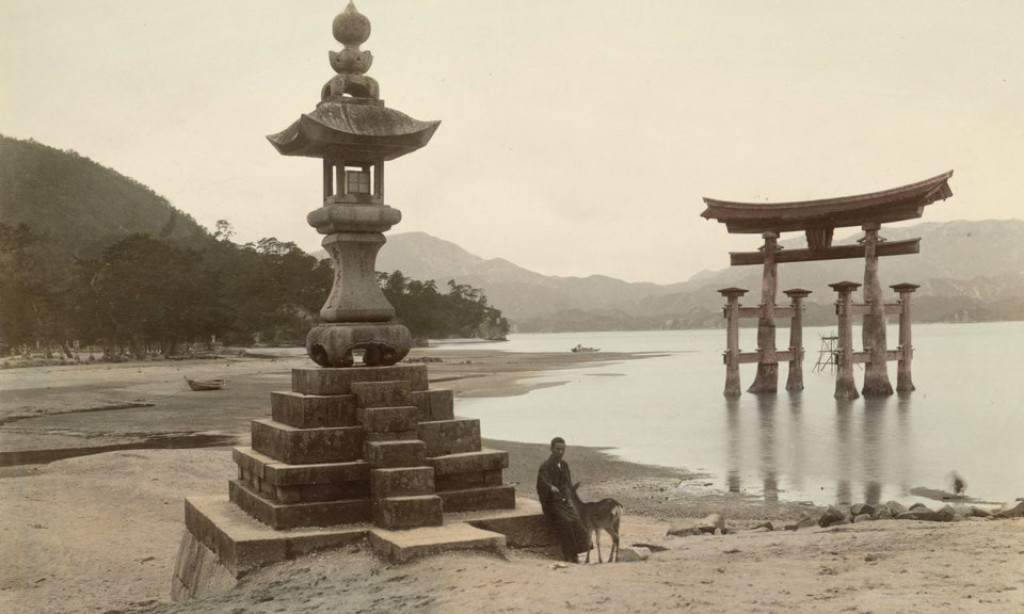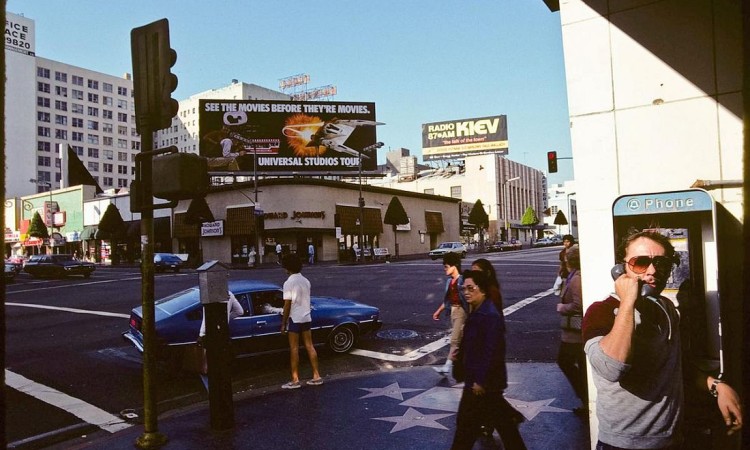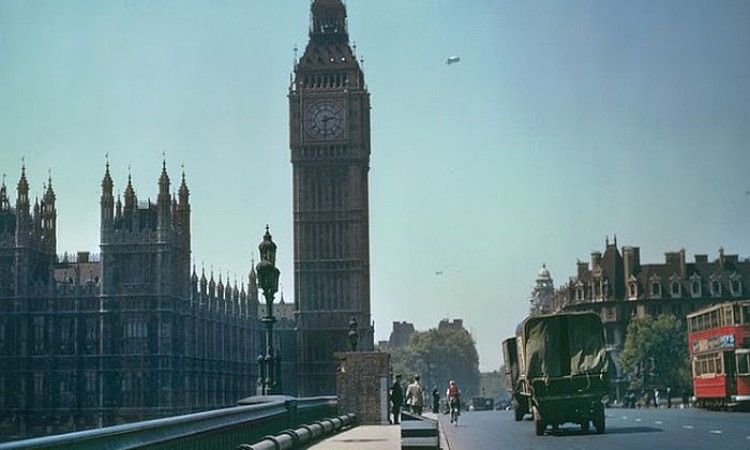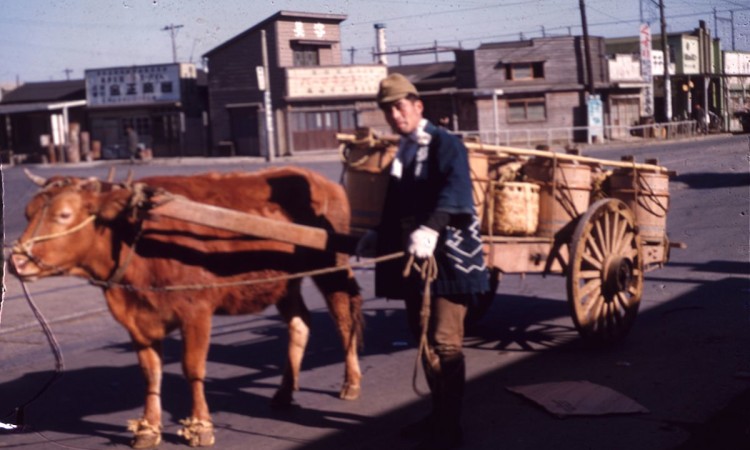From the late 19th century to the early 20th century, Japanese photographers were doing amazing things with color.
Before the turn of the 20th century, photographers in Japan were masterfully experimenting with the use of color. The images of the era, filled with blushing cherry blossoms and azure kimonos, predated the advent of actual color photography. Instead, the medium employed hand-tinting — or “colorizing” — turning otherwise sepia-toned prints into portraits and landscapes bursting with pale pinks and light blues.

Ogawa Kazumasa, “A Damsel – Maiko cherry blossom time” (circa 1890), albumin paper, colored, 27 x 20.6 cm (© National Museums in Berlin, Ethnological Museum, all images courtesy of Berlin State Museums)

Kusakabe Kimbei, “Geisha, penning a letter” (around 1885), albumen paper colored, 26.1 x 20.6 cm (© National Museums in Berlin, art library)
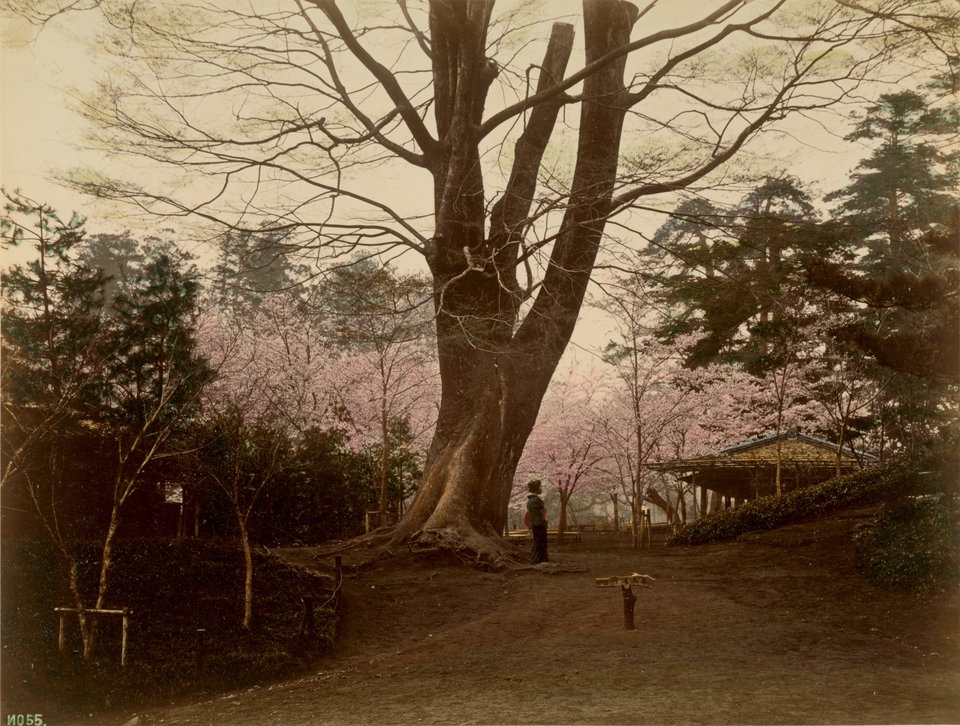
Photographer unknown, “Tokyo, gardens with Geisha” (1885), albumen paper, colored, 19.8 x 26.2 cm (© Berlin State Library â Prussian Cultural Heritage)

Felice Beato, âSenior official with his wifeâ (around 1870), albumin paper, colored, 13.4 x approx. 19.1 cm/ 19.6 x 24.5 cm (© National Museums in Berlin, art library)
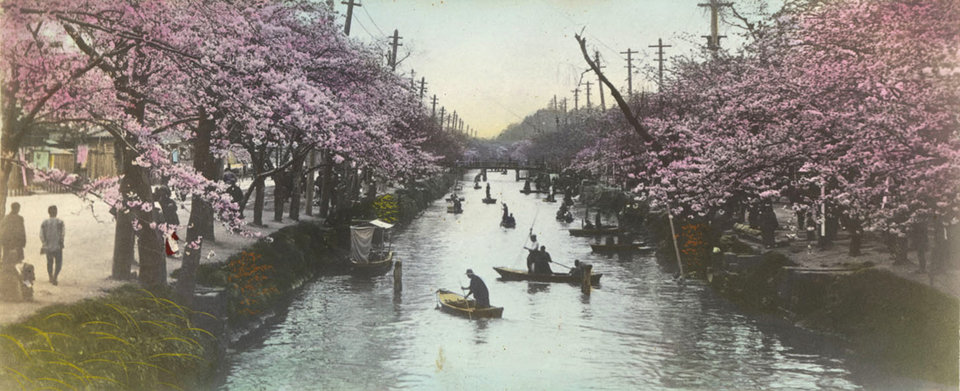
Photographer unknown, âSakura at Edo in Tokyoâ (circa 1910), salted paper, colored, 12 x 29.4 cm (© National Museums in Berlin, Ethnological Museum)

Y. Isawa, âHiroshima, Miyajima. Itsukushima Shrineâ (September 1896 or earlier), Albumin paper, colored, 20.5 x 26.2 cm/ 31.6 x 38.9 cm (© National Museums in Berlin, art library)

Photographer unknown, âFlowering cherry treesâ (circa 1890), albumin paper colored, 43.2 x 53.5 cm (© National Museums in Berlin, Ethnological Museum)

